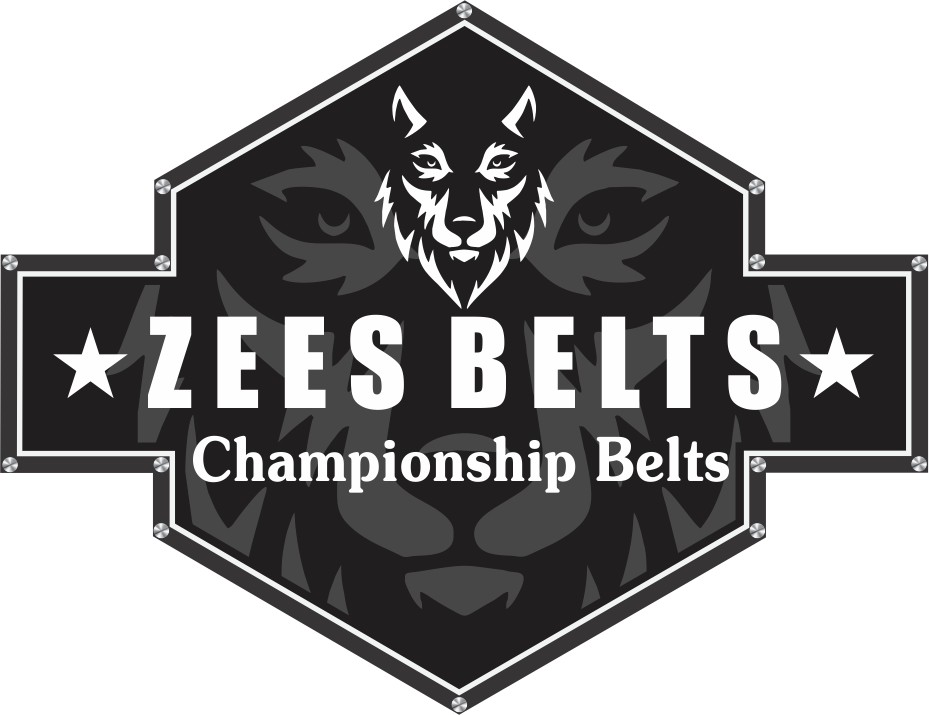Introduction
WWE championships, often referred to as "belts" or "titles," are more than just shiny accessories—they symbolize prestige, hard work, and legacy. Over the years, WWE belts have evolved in design, meaning, and significance. From the classic Winged Eagle to the modern Universal Championship, each belt tells a story.
In this blog, we’ll take a trip down memory lane, exploring how WWE belts have changed over time. Whether you're a longtime fan or new to wrestling, this guide will help you appreciate the rich history behind these iconic championships.
The Early Days: Classic WWE Championship Designs
The Winged Eagle Belt (1988–1998)
One of the most beloved WWE Championship designs is the Winged Eagle belt, introduced in 1988. This classic design featured a golden eagle with outstretched wings, symbolizing strength and dominance. Carried by legends like Hulk Hogan, Bret Hart, and Shawn Michaels, this belt became synonymous with wrestling’s golden era.
The Attitude Era: The Big Eagle Belt (1998–2002)
As WWE entered the Attitude Era, the championship belt got a bold redesign. The Big Eagle belt, introduced in 1998, had a larger, more detailed eagle and a globe logo. This version was famously held by "Stone Cold" Steve Austin, The Rock, and Triple H, making it one of the most recognizable belts in wrestling history.
The Modern Era: New Designs for a New Generation
The Spinner Belt (2005–2013)
In 2005, WWE introduced one of its most controversial yet iconic designs—the Spinner Belt. Created for John Cena, this belt featured a spinning WWE logo in the center. While some fans loved its flashy look, others preferred more traditional designs. Despite mixed reactions, it remained the face of WWE for nearly a decade.
The WWE Network Logo Belt (2014–Present)
With WWE’s rebranding in 2014, the championship belt underwent another change. The new design featured a large WWE logo on a black leather strap, moving away from intricate designs for a cleaner, more corporate look. This version has been used for both the WWE Championship and Universal Championship, with slight color variations for different brands (red for Raw, blue for SmackDown).
Specialty Belts: Tag Team, Women’s, and Mid-Card Titles
WWE isn’t just about the top championship—many other belts have made their mark:
-
Tag Team Championships: From the classic World Tag Team titles to the current Raw and SmackDown Tag Team belts, these championships have seen multiple redesigns, often reflecting the era’s style.
-
Women’s Championships: The evolution from the Divas Championship to the current Women’s World Championship shows WWE’s growing focus on women’s wrestling.
-
Mid-Card Titles: Belts like the Intercontinental Championship and United States Championship have also seen major changes, with some fans still nostalgic for the classic white Intercontinental belt.
Why WWE Belts Matter
WWE belts aren’t just props—they represent legacy, rivalries, and historic moments. Holding a championship means being part of WWE’s storied history. Collectors and fans often seek replica belts to own a piece of that legacy.
If you’re a fan looking to own a piece of wrestling history, check out our exclusive collection of WWE championship replicas in our store! Whether you want the classic Winged Eagle or the modern Universal title, we’ve got something for every fan.
Conclusion
The evolution of WWE belts reflects the changing eras of professional wrestling. From the classic Winged Eagle to today’s sleek designs, each championship tells a story of its time. Whether you prefer the old-school look or the modern style, there’s no denying the impact these belts have had on WWE’s legacy.
